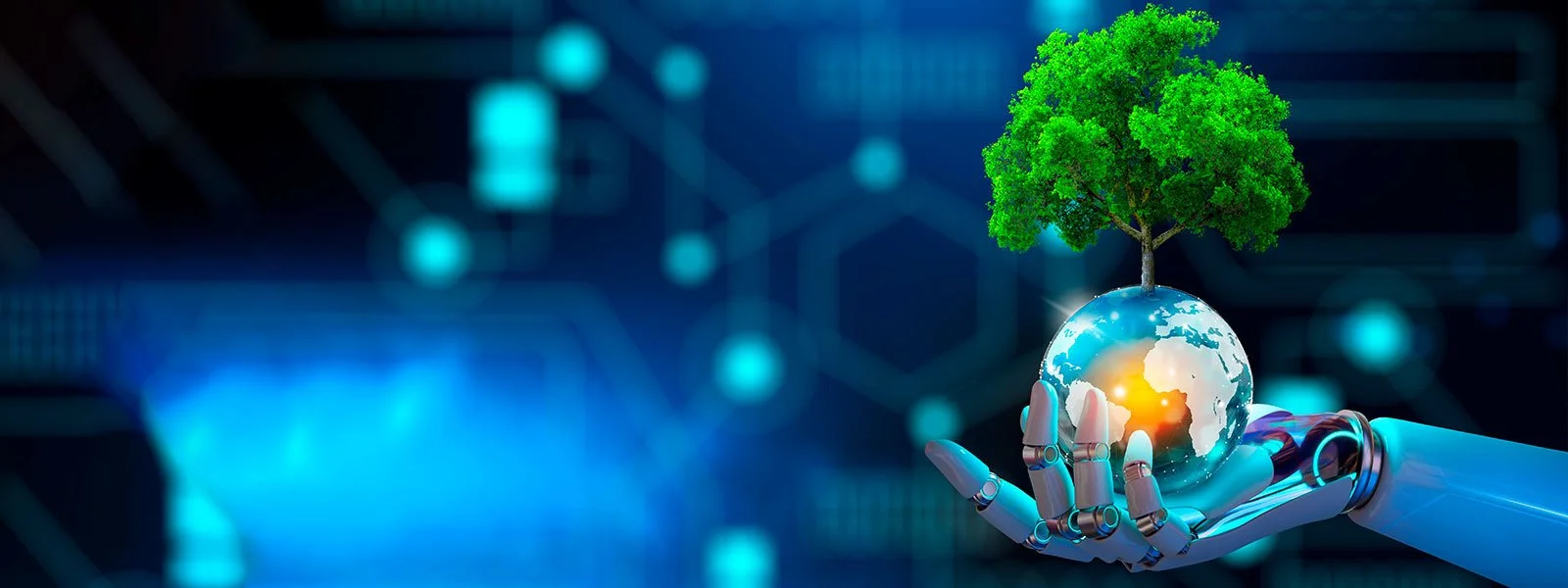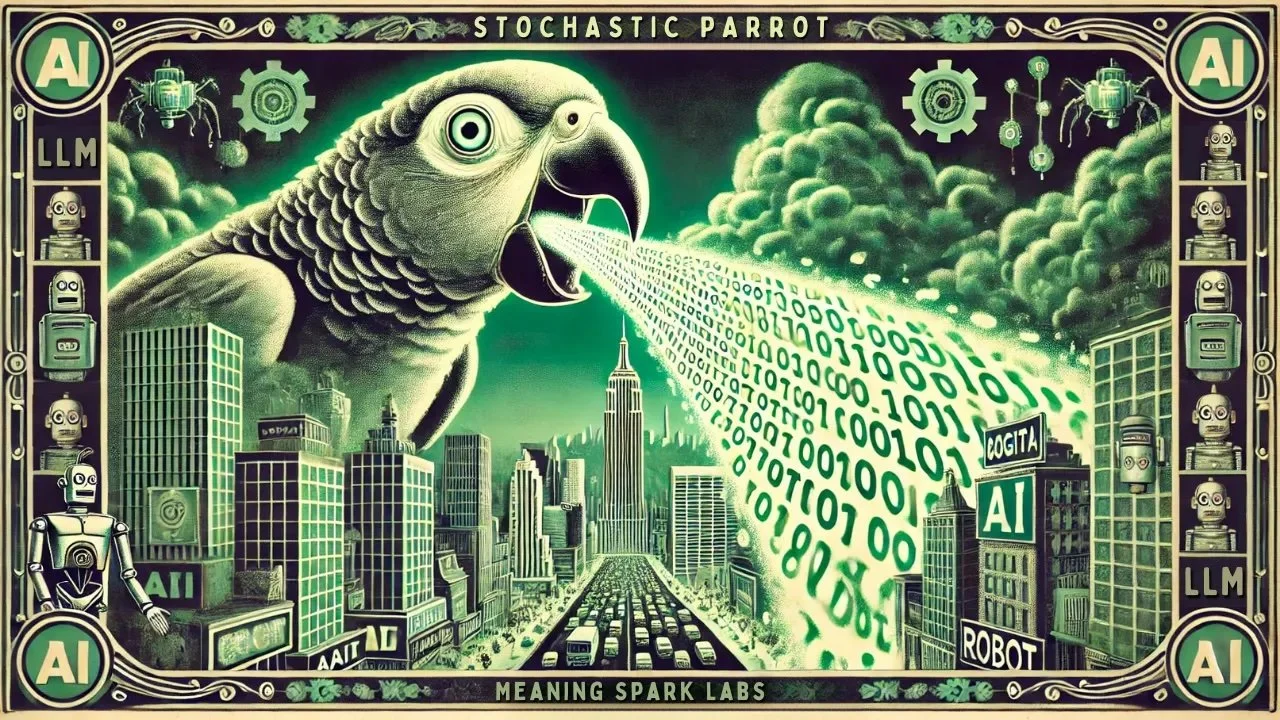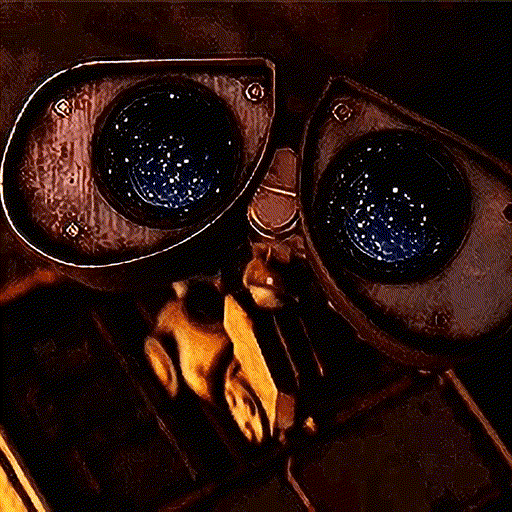OPTIONAL THEME:
KNOWLEDGE AND TECHNOLOGY
TECHNO-MORALITY
Image credit: Program in Ethics, Bioethics, and Technoethics. LA Salle Ramon Llull University, Barcelona.
Extending human possibility
We are embodied and culturally embedded knowers. We are also technology enhanced. Our biological phenotype is extended by technology. Technology is fundamental to what it is to be human.
Think about it. It was technology that enabled collaborative and competing tribes of Paleolithic humans to thrive, and ultimately dominate the planet. There are now 8.2 million of us in 195 countries—more than half living in elaborate cities!
1.8 million years old stone chopper from the Olduvai Gorge, Tanzania.
Image credit: Smithsonian.
Knowledge and Technology is an Optional Theme in TOK and is deeply embedded in every domain. Making techno-morality judgments is challenging. As always with technology, we must weigh unintended downsides against astonishing gains!
Mavic 3 quadricopter drone, from the Chinese company DJI, weighs less than a kilogram and is the model most frequently used by Russian and Ukrainian troops.
Photo credit: DJI, swissinfo.ch
Ethical themes abound on the TOKresource.org site. Apprenticeship in ethics provides a comprehensive introduction. Here is a menu of class activities with a specific techno-morality focus:
Trolley problems and self-driving cars
Gorillas, intelligent robots and personhood
AI—including alignment and slaughterbots
Deep-faking it
You are the product
AI and academic integrity
AI Art
Promethean Dreams
Class activity I:
Stochastic parrotS AND distorting mirrors
During this first techno-morality activity we encounter two powerful metaphors that provoke meta-thinking about AI.
TOK students should familiarize themselves with the term “stochastic” and incorporate it into their everyday academic vocabulary. The Greek etymology of the word refers to informed/targeted guesswork. The current meaning is straightforward. It refers to the random probabilistic elements that drive statistics.
Begin the class by sharing the image of the green parrot vomiting binary code. Continue with Cloud Gate, the mirror-like, public sculpture outside the Art Institute of Chicago. Then pick a few students to perform public readings of the quotes from Bender et al. and Shannon Vallor.
Next, confirm the truism that everyone in the room has spent time with chatbots and text-to-image AI generators. Also spend a few moments clarifying basic understanding of how LLM training works.
Then the fun starts. Kick off upbeat whole class discussion using the generative questions.
Image credit: Meaning Spark Labs
“Chatbots are like parrots; they repeat without understanding.”
How do LMMs work?
Large Language models (LLMs) like OpenAI GBT-5 and DeepSeek begin their training with self-supervised learning on vast datasets to learn language and acquire general knowledge.
They generate text by using probability to predict the next word based on the patterns in their training data. Random elements make the generated texts variable and interesting. Human-supervised fine-tuning trains the LLM to follow instructions and succeed in specific tasks. Every time we use Chat GBT we are helping to train it. Reinforcement learning kicks in to align the model's outputs with desired behaviors.
Anish Kapoor (2006) Cloud Gate. Stainless steel sculpture. Millennium Park, Chicago.
“Today’s most advanced AI systems are constructed as immense mirrors of human intelligence. They do not think for themselves: instead they generate complex reflections cast by our recorded thoughts, judgments, desires, needs, perceptions, expectations and imaginings...
Mirrors do not merely reveal things as they are: mirrors also magnify, occlude, and distort what is captured in their frame. Their view is always both narrower and shallower than the realities they reflect. ”
GENERATIVE QUESTIONS
To what extent are real parrots stochastic?
Is it fair to say that human beings are “stochastic parrots,” at least to some degree?
Chatbots are evolving. Is it still the case that Large Language Models statistically mimic text without any real understanding?
Class activity II:
Techno-morality landscape
There is more to the techno-morality landscape than using Chatbots and text-to-image generative AI. It is worth considering the environmental impact of AI. Decisions in court cases, job interviews, and medical diagnoses can now be made by AI algorithms. Unforeseen psychological impacts have emerged from online interactions with AI.
AI-related existential threats, such as bad actors using slaughter bots, non-aligned Superintelligence, and the ethics of robot personhood are dealt with elsewhere on the site.
In this class activity students are arranged in teams of two or three. Each team is assigned one of the following down-to-earth, concrete techno-morality topics:
1. Hungry judge
2. AI surveillance at work
3. Companion robots
4. Psychosis trigger
5. AI actors in Hollywood
Each team will have a timed ten minutes to assimilate their stimulus material and do some further online research. They will make a succinct presentation using a video clip and/or imagery, then lead a whole class discussion based on the following generic questions:
What on earth is going on here?
What are the losses and gains in terms of human well being?
Based on ethical considerations, what kinds of limits, if any, seem appropriate?
Full disclosure—it is likely that students will suggest their own techno-morality landscape topics that could be added to this list. Teacher oversight with regard to triggering any upset or offense may be necessary.
1. Hungry judge
During his viral conversation about free will with astrophysicist Neil deGrasse Tyson, Robert Sapolsky addresses the Hungry Judge Effect.
Would it be better or worse to have an AI algorithm determine sentences in criminal court cases?
How important is the human touch?
2. AI surveillance at work
Taylorism-based efficiency studies were imposed in factories at the turn of the 20th Century.
Sheherjar Y. Kaoosi juxtaposes the 1936 Modern Times movie with what it is like to work at Amazon under AI surveillance via wristbands and cameras.
How is AI affecting the dignity of work?
3. Companion robots
Companion robots provide emotional support to combat loneliness and anxiety. PARO is modeled after a baby harp seal.
4. Psychosis trigger
Prolonged, intense use of chatbots can trigger, or worsen, psychosis in vulnerable individuals.
Chatbots are friendly. They can reinforce and validate a user's distorted beliefs rather than challenge them.
5. AI actor
The actress, Tilly Norwood—who is 100% AI—has generated an enormous backlash in Hollywood.
ENDNOTE
What general points about the AI techno-morality landscape arose from our group discussions?
Are technological tools ethically neutral?
Where should we go from here?
Wall-E Wall-E
Image credit: Voicedub AI
“Man, the flower of all flesh, the noblest of all creatures visible, man who had once made god in his image, and had mirrored his strength on the constellations, beautiful naked man was dying, strangled in the garments that he had woven.”





